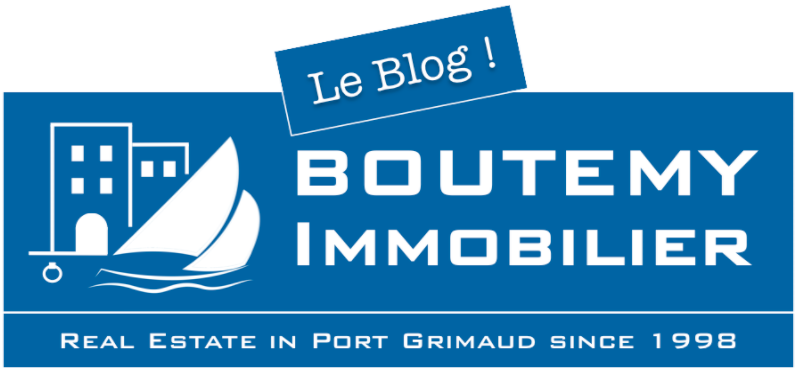There are two main types of investors: wealth preservers and profit seekers.
It’s common for your investment profile to change as you age and as your goals evolve.
Let’s delve into these two profiles and see how both strategies can help you achieve your wealth-building objectives.
1. Wealth preservers
Wealth preservers prioritize securing their investments. They typically invest in major cities or in areas with very high real estate prices, like the coastal villages of the French Riviera, for instance.
This sense of security is backed by two factors: high rental demand in these cities, ensuring that investors can easily find tenants.
Additionally, the properties are easy to sell because of high demand.
In these prime locations, characterized by high real estate prices, population growth, and undeniable attractiveness within France, it’s wise to focus on two types of areas:
Either prime locations, often historic city centers, or up-and-coming neighborhoods. Several factors can help determine if a neighborhood will increase in value:
- The arrival or improvement of public transportation (metros, trams, buses)
- Projects to renovate old buildings aimed at revitalizing a neighborhood
- The construction of new housing, offices, or commercial zones
- Proximity to good schools, hospitals, and public parks
- The presence of local shops, restaurants, and leisure spots
- The establishment of new businesses
Investing in such areas can yield net returns between 2% and 5%.
This means you might not achieve self-financing, especially with borrowing rates around 4% for a 20-year loan.
You will therefore need to either make a substantial down payment or use your savings each month to cover the loan payments.
However, based on the real estate price trends over the past two decades, it’s reasonable to expect that your property will appreciate by 3% to 10% annually, ensuring you a nice capital gain upon resale.
2. Immediate profit seekers
Profit seekers typically aim for self-financing with minimal down payment (between 0% and 10%), aiming for a net return of at least 7% to 8% in the current market.
Unlike wealth preservers, the primary criterion here is not location but the rental yield of the property.
To achieve such returns, one must move away from major cities and focus on two types of properties: small units (studios, one-bedroom apartments) or multi-unit buildings.
These properties often require significant renovations, especially to improve energy efficiency. With the gradual ban on renting energy-inefficient homes, these properties are often undervalued and can be negotiated at a better price.
With an attractive purchase price, it becomes easier to achieve a good rental yield once the renovations are completed.
To achieve returns above 8%, maximizing the property’s use is also an option. Co-living arrangements or short-term rentals are two ways to achieve this, although they are more time-consuming than traditional rentals.
These investments have the advantage of being accessible with small amounts, generating rents that cover all financial and operational costs of the property, and potentially allowing for quicker successive investments.
However, the investor faces more uncertainty regarding property appreciation in these areas, and the properties are less liquid, meaning it might take longer to sell them.
So, what type of investor are you?
If you own a secondary home in Port Grimaud, you are undeniably a wealth preserver. However, you can easily boost your investment’s yield by renting it out to vacationers when you’re not using it. To avoid any hassle or time-consuming management, we can handle rental management for you. Feel free to reach out to Latifa, our rental manager.
